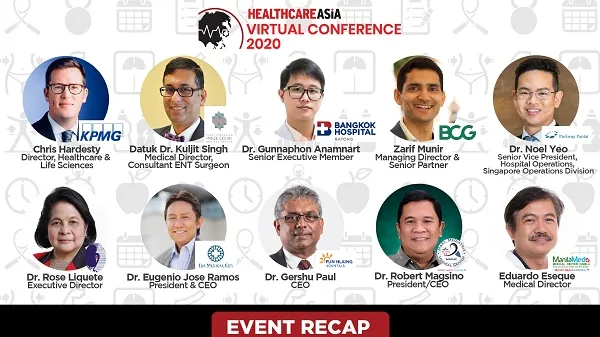
Healthcare leaders reveal COVID action plans
They mapped out how the industry should respond to the next pandemic during the Healthcare Asia Virtual Conference.
This unprecedented time has hit the healthcare sector the most, as the pandemic propelled medical facilities to adapt to changes in a race against time. In the first-ever Healthcare Asia Virtual Conference, industry leaders laid out the changes that happened because of the crisis and mapped out the possible future of healthcare.
Over 100 participants attended the conference led by 10 speakers and panelists and was moderated by Healthcare Asia editor-in-chief Tim Charlton.
Healthcare institutions’ response to COVID-19
ManilaMed has taken every opportunity to improve process efficiency without compromising delivery, said Dr Eduardo Eseque, ManilaMed’s medical director. Without careful management, delays and poor patient experience are possible.
Dr Eseque added that ManilaMed has also launched the Feel Better campaign and has been taking advantage of available platforms in disseminating health protocols and segments.
The Philippine National Kidney and Transplant Institute (NKTI) has also undergone drastic changes, as laid out by executive director Dr Rose Liquete, since NKTI is primarily a transplant centre. Some of the measures they’re implemented are: admitting only renal emergencies, suspending organ donation and transplantation, as well as outpatient pay and service, enforcing a skeletal workforce, and drafting the first NKTI COVID Manual.
Some rooms were converted to improvised negative pressure rooms, testing facilities were acquired, and tents were built on the hospital’s parking lots. Another part of NKTI’s transition to new normal is the launch of telemedicine, and opening to non-renal medical and surgical cases.
According to The Medical City president and CEO Dr Eugenio Jose Ramos, the hospital gone by the 4As: agility, by identifying the core people who would call the shots in repurposing the floors of the hospital; adaptability, by being ready to admit both COVID and non-COVID patients; accountability, by taking care of the staff; and making alliances, by collaborating with like-minded medical facilities such as the Pasig City Hospital.
The Medical City has also been implementing the Epidemic Response Team since 2014, born out of the hospital’s experience with previous epidemics like the H1N1 virus, and it has greatly helped the hospital in dealing with COVID-19.
The Mary Mediatrix Medical Center also has PCR labs and tents built outside its premises.
“We have met a local government and the provincial health office. We have formed the private hospital associations here in Batangas so we can solve our issues,” said Dr Robert Magsino, president and CEO of Mary Mediatrix Medical Center.
For Dr Noel Yeo, Parkway Pantai’s senior vice president of hospital operations, Singapore operations division, there are three learnings imparted by the changes brought upon by the COVID-19 virus.
Firstly, digitise healthcare to minimise contact; secondly, diversify to alleviate disruption of supplies during the next pandemic; and thirdly, establish knowledge-sharing platforms for hospitals around APAC so they can share best practices amongst one another.
As for Bangkok Rayong Hospital, senior executive member Dr Gunnaphon Anamnart suggested that medical facilities should equip their staff with PPEs, psychologists for mental health screening, and a charity corner for sharing food.
Preparation for the next pandemic
COVID-19 has changed the way medical facilities work and some of those changes are here to stay. According to KPMG director of healthcare and life sciences Chris Hardesty, the future of healthcare services requires great creativity, and there should be a shift from health-for-all (universal healthcare) to health-for-wealth (sustainability).
Aside from the mindset shift, prevention should be a reality. “Investing in early detection and intervention is a method that pays for itself,” he noted.
Hospitals should also be designed conveniently for patients, said Datuk Dr. Kuljit Singh, medical director and consultant ENT surgeon of Prince Court Medical Centre. These smart hospitals should be built to adapt artificial intelligence, whilst being human-centric at the same time.
“Patients today look at value-based care, empathy and positive user experience, and [hospitals that] understand their needs and provide,” he added.
Workflow charts should be reconstructed, added Dr Anamnart. Hospitals must understand the nature of their staff and accept that there’s no one-size-fits-all approach in managing their emotional needs.
For Dr Liquete, there’s also a need to strengthen regional transplant centres and promote research.
Meanwhile, Boston Consulting Group managing director and senior partner Zarif Munir stressed that the top priority for most organisations is health equity.

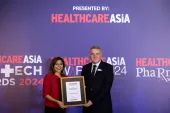









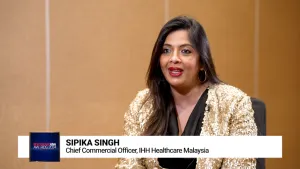
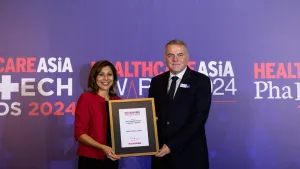
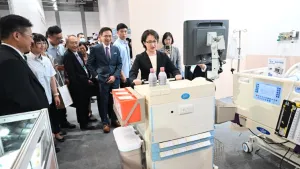




 Advertise
Advertise


